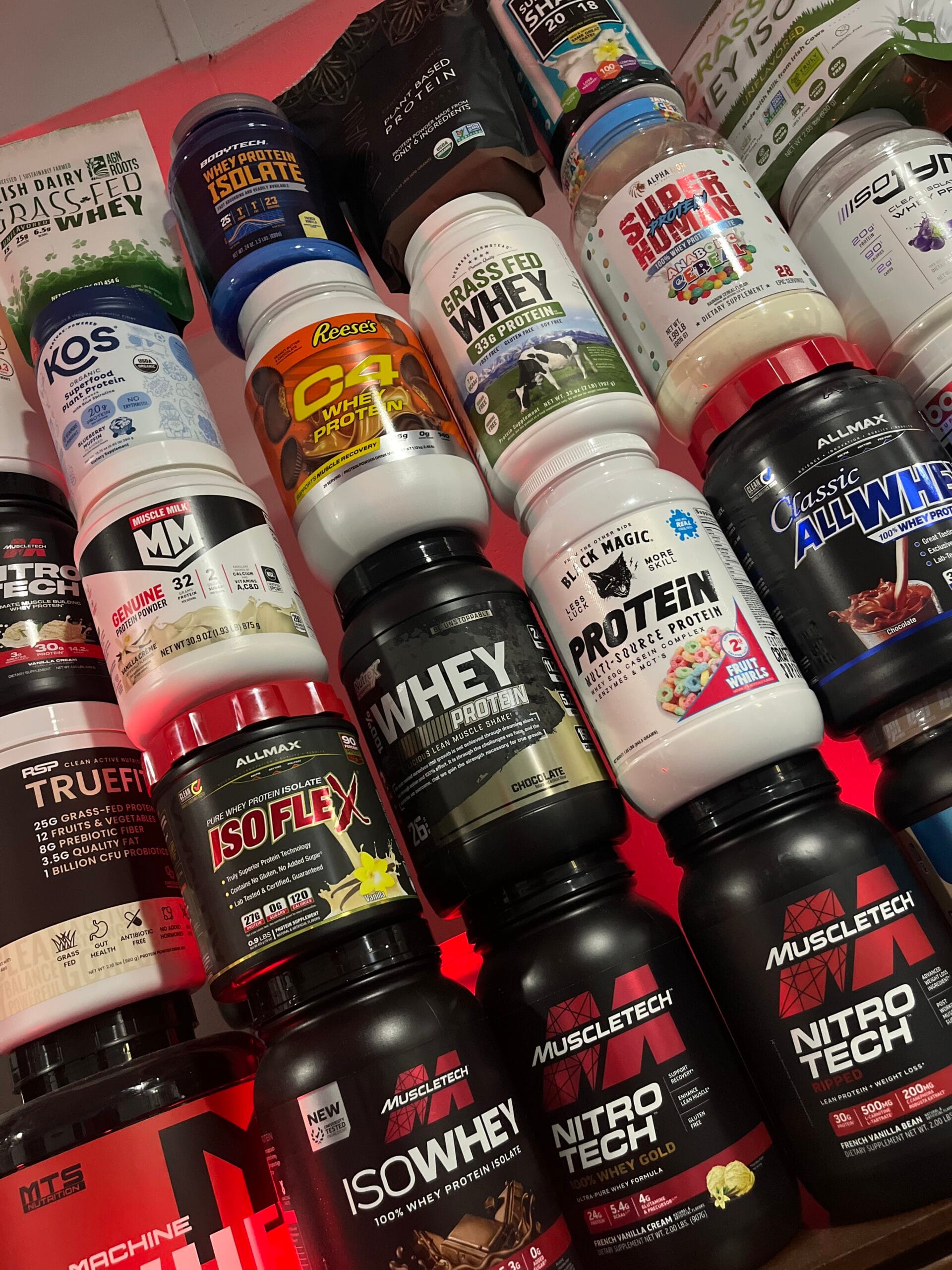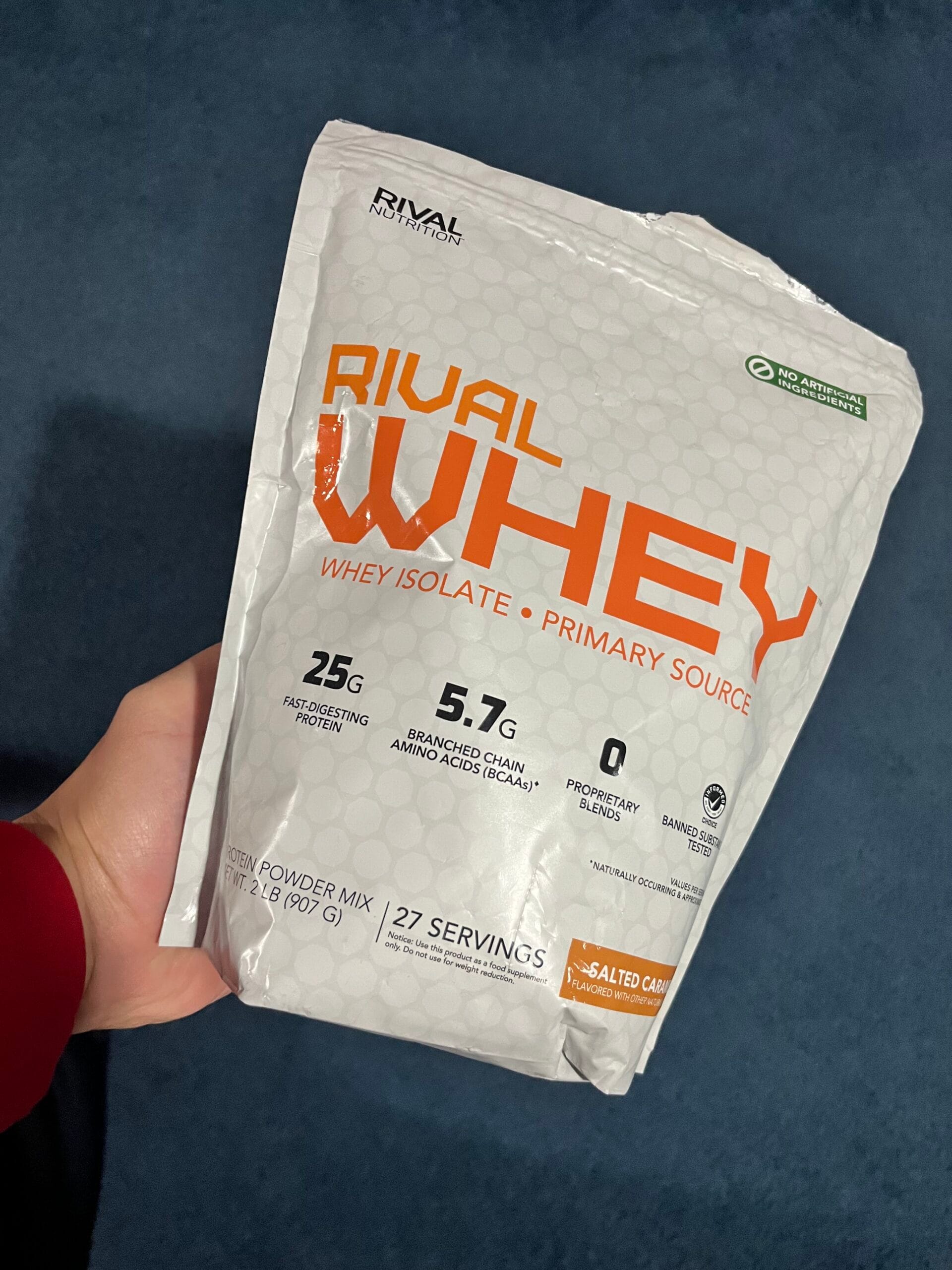Table of contents
Whey Protein Brand Review: What Makes a Protein Brand Worth Buying?
When you’re trying to figure out whether a whey protein brand is actually good, the glossy marketing and oversized badges don’t tell you much. This Whey Protein Brand Review cuts through the label fluff and breaks each brand down where it matters: amino transparency, leucine integrity, third-party verification, sourcing honesty, ingredient quality, and real-world performance. If you’ve ever wondered whether a protein earns its hype or hides behind loopholes, this is your starting point for evidence-based, bias-free evaluation.
What Makes a Good Whey Protein Brand? (And How the Best Protein Brands Actually Stand Out)
A good protein brand isn’t defined by marketing badges or a polished label — it’s defined by verifiable data. That’s the entire purpose of this page: to help you separate a good protein brand from a brand that merely looks good on the shelf. When you evaluate whey the right way — amino profile, third-party testing, sourcing clarity, and real protein density — you start to see quickly which companies earn the title of a good protein brand and which ones simply lean on hype. If you care about transparency and actual protein integrity, knowing what makes a good protein brand is the difference between a smart purchase and a wasted tub.
Best Protein Brand
Finding the best protein brand isn’t about chasing flashy labels or celebrity-backed tubs—it’s about verifying what’s inside the scoop. A best protein brand should back its claims with third-party testing, a published amino profile, and clear sourcing. Too many companies lean on marketing badges instead of measurable quality. If you want the best protein brand for muscle recovery, transparency matters as much as taste. And as you’ll see throughout this guide, very few formulas actually earn the right to be considered among the best protein brands in today’s market.
Protein Brand Ranking
When people search for a protein brand ranking, they’re usually trying to cut through the marketing fog and figure out which companies actually deliver quality — not just catchy labels and influencer tie-ins. A real protein brand ranking isn’t built on hype; it’s built on amino transparency, verified protein testing, sourcing clarity, and whether the brand’s formula holds up under scrutiny.
When you evaluate a brand using an authentic protein brand ranking framework, you start seeing patterns fast: some companies publish amino data, explain their sourcing, and verify their numbers; others hide behind nitrogen testing and glossy claims. My goal with this section is simple — give you a ranking philosophy that puts integrity first and shows you how to judge any whey company beyond its front-of-bag promises.
Good Whey Protein Brand
A good whey protein brand isn’t defined by a flashy label or a clever tagline — it’s defined by measurable transparency. And that’s the problem most shoppers face: every tub claims to be a good whey protein brand, but very few publish full amino profiles, third-party protein verification, or clear sourcing statements. If you want to separate real quality from marketing polish, you need to evaluate whether that supposed good whey protein brand shows its work on leucine, heavy metals, amino integrity, and protein density. The truth is simple: a good whey protein brand doesn’t make you guess — it proves its numbers.
Whey Protein Brand Review — FAQ
A good whey protein brand isn’t defined by badges or marketing language—it’s defined by transparency. If the company publishes a full amino profile, discloses leucine, verifies protein content through third-party labs, and clearly states where the whey comes from, you’re looking at a genuinely good protein brand. If those numbers are missing, the label is performing harder than the formula.
Look for three things: a published amino map, a certificate of analysis, and sourcing clarity. Any brand can say “clean,” “high-quality,” or “premium,” but only a credible whey protein brand can prove its protein density and amino integrity.
Not by themselves. Badges like GMP, FDA-inspected, or “Informed Choice” are safety indicators—not proof of protein quality. They don’t confirm leucine content, amino structure, or whether the tub actually contains the 24–25 grams advertised.
Leucine drives muscle protein synthesis. Without a disclosed leucine value or full amino profile, you can’t confirm whether a protein brand is capable of triggering MPS—or if you’ll need additional protein to hit the threshold.
The best protein brand publishes all its data outright: amino profile, leucine grams, BCAAs, third-party assays, and clear sourcing. It removes guesswork and replaces it with verifiable numbers.
Not at all. Some expensive brands hide behind glossy packaging and nitrogen testing. A good whey protein brand earns its price by proving purity, not assuming customers won’t ask.
Ignore marketing. Use only measurable data: amino transparency, verified testing, sourcing honesty, and protein density. When you rank protein brands by evidence instead of hype, the good whey protein brands stand out instantly.
Transparency. A good whey protein brand shows you the numbers before you buy. An average brand hopes you never ask for them.


